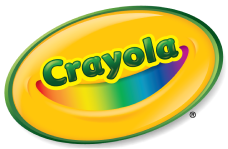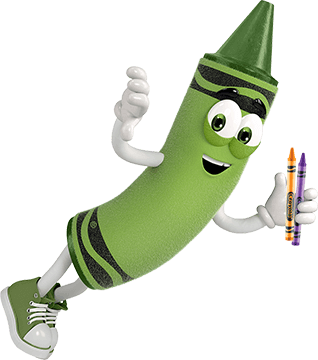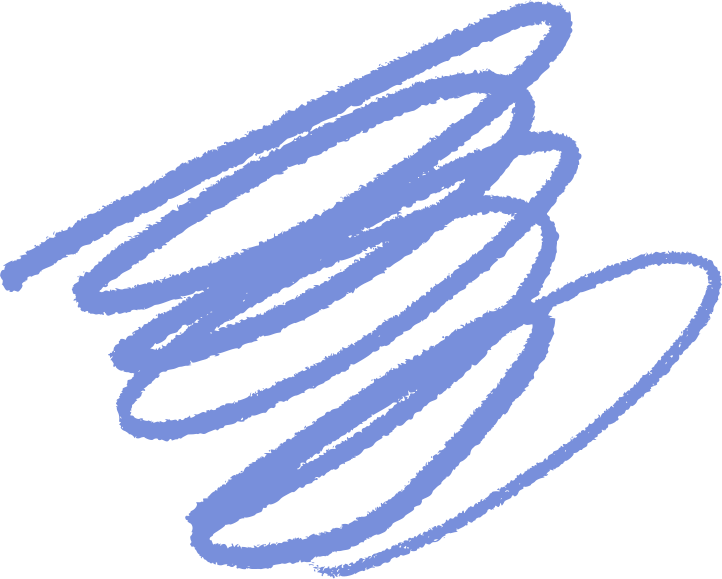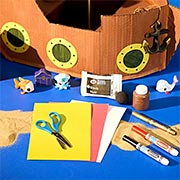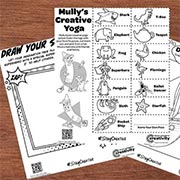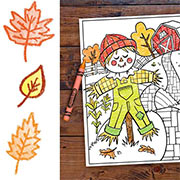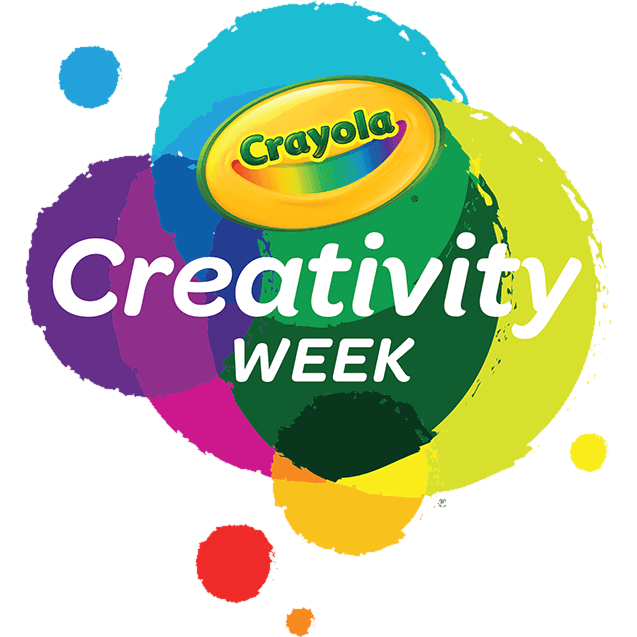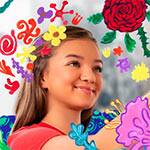Crayola® Crayons are made using primarily paraffin wax and color pigment. While the basic ingredients remain consistent across all colors, variations may occur in special effects crayons.
Our crayons are crafted through a process that involves melting paraffin wax and blending it with color pigments. This mixture is then poured into molding machines where it solidifies in four to seven minutes. For a behind-the-scenes look at the Crayola crayon manufacturing process, watch the video "You've Got Crayola Crayons" on YouTube.
If you have additional questions, we would love to hear from you! Feel free to call or text us at 1-800-CRAYOLA weekdays between 9 AM and 4 PM Eastern Time. If you would prefer to send us an email, visit our contact us page.
Related Questions
Explore answers to common questions, helpful stain removal tips, and creative ideas for making the most of our art supplies and free resources!
-
The basic ingredients contained in Crayola® Crayons are paraffin wax and color pigment. These ingredients are the same for all Crayola Crayon colors, with some modifications in special effects crayons.
Crayola Crayons begin to melt at around 105° Fahrenheit and have a melting point between 120° - 147° Fahrenheit. The melting point is the same for all regular Crayola Crayons; however, the density and amount of pigment included in different crayons will result in varying thickness or viscosity of the mixture.
-
Crayola has 800,000 square feet of manufacturing and warehouse space in the Lehigh Valley. The crayon manufacturing area is 54,000 square feet in the crayon packing area, and 34,000 square feet in the molding and labeling area. The Forks I facility, which houses the crayon manufacturing area, is 460,000 square feet of space.
-
Crayola® Crayons are made primarily from paraffin wax and color pigment. This process is the same for all Crayola Crayon colors. The paraffin wax is melted and mixed together with pre-measured amounts of color pigments.
We purchase the powder pigments and either use individual colors or mix the pigments to produce the many colors of Crayola crayons. The hot wax mixture is poured into molding machines. In about four to seven minutes, the crayons cool and become solid. We manufacture almost 3 billion crayons each year.
Take a peek at the manufacturing process in this YouTube video.
-
Color Wonder is a patented mess-free creative system of inks and paints, developed by Crayola scientists.
Is Color Wonder Safe?
- Just like all Crayola products, Color Wonder is nontoxic. To learn more about the safety of all Crayola products, visit the Crayola Product Safety page.
What makes Color Wonder different from Washable Markers and Paints?
- Color Wonder inks and paints are clear, and colors appear only on special Color Wonder paper. Kids love to watch the colors magically appear, and parents love the fact that Color Wonder inks and paints will not appear on skin, walls, or carpet.
What Color Wonder products are available?
- There are so many ways to create with Color Wonder! With Color Wonder markers, paints, and stampers the possibilities are endless. Learn more about the Crayola Color Wonder line.
Can I reuse my Color Wonder Paper?
- You cannot reuse the same piece of Color Wonder paper twice.
-
The powdery deposit you may see on the surface of your Crayola product is called bloom. This occurs naturally and is perfectly safe.
Bloom appears on Crayola wax‑based products, such as crayons and colored pencils. It occurs when oil contained in the paraffin wax used in these products seeps to the surface and re‑crystallizes into a milky powder. You may also see this with sculptures made with Crayola Air‑Dry Clay as the product ages or is exposed to varying temperatures and humidity. Rest assured, this process is harmless, and the powdery substance and crystallization do not affect the quality or performance of the product. Remove by gently wiping away with a dry cloth.
